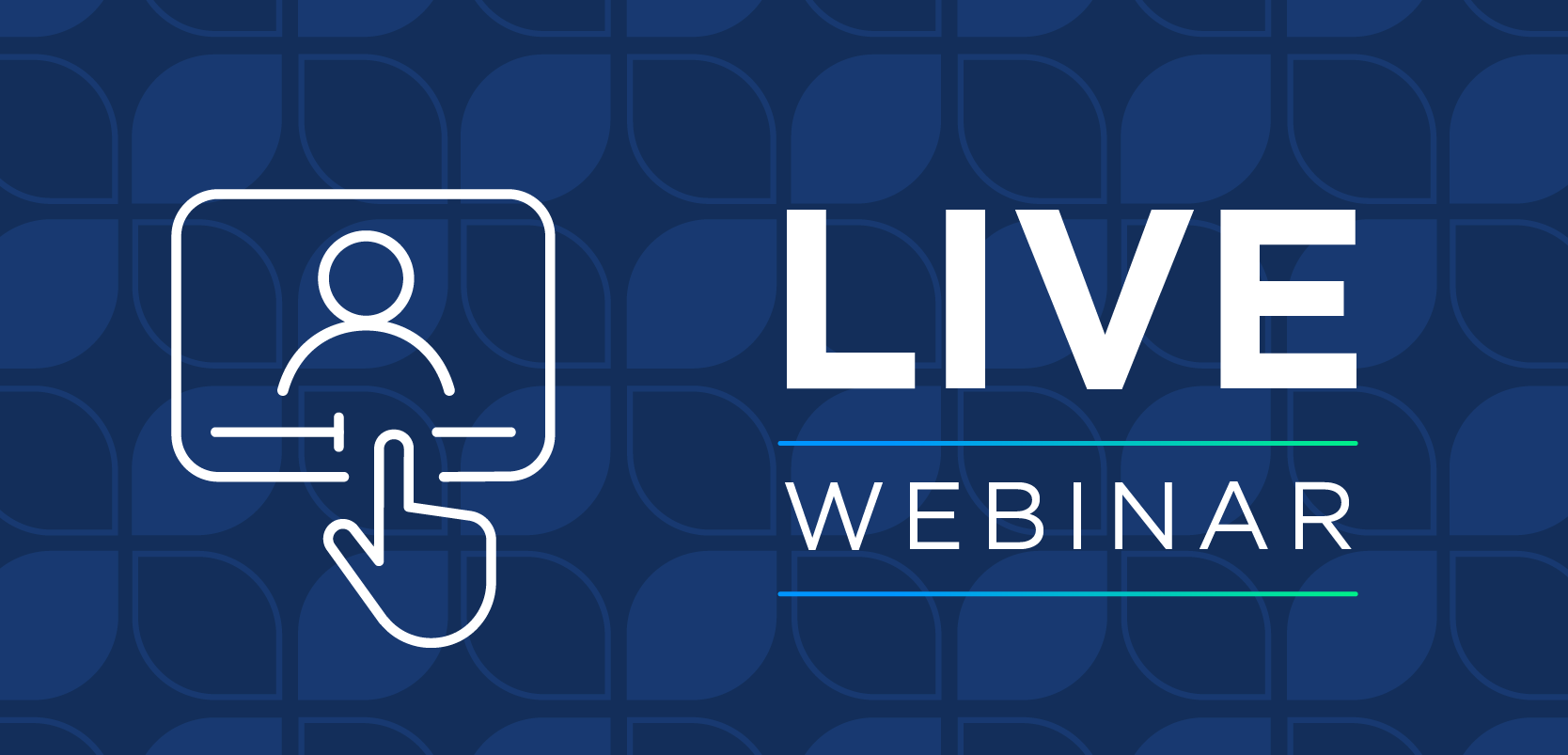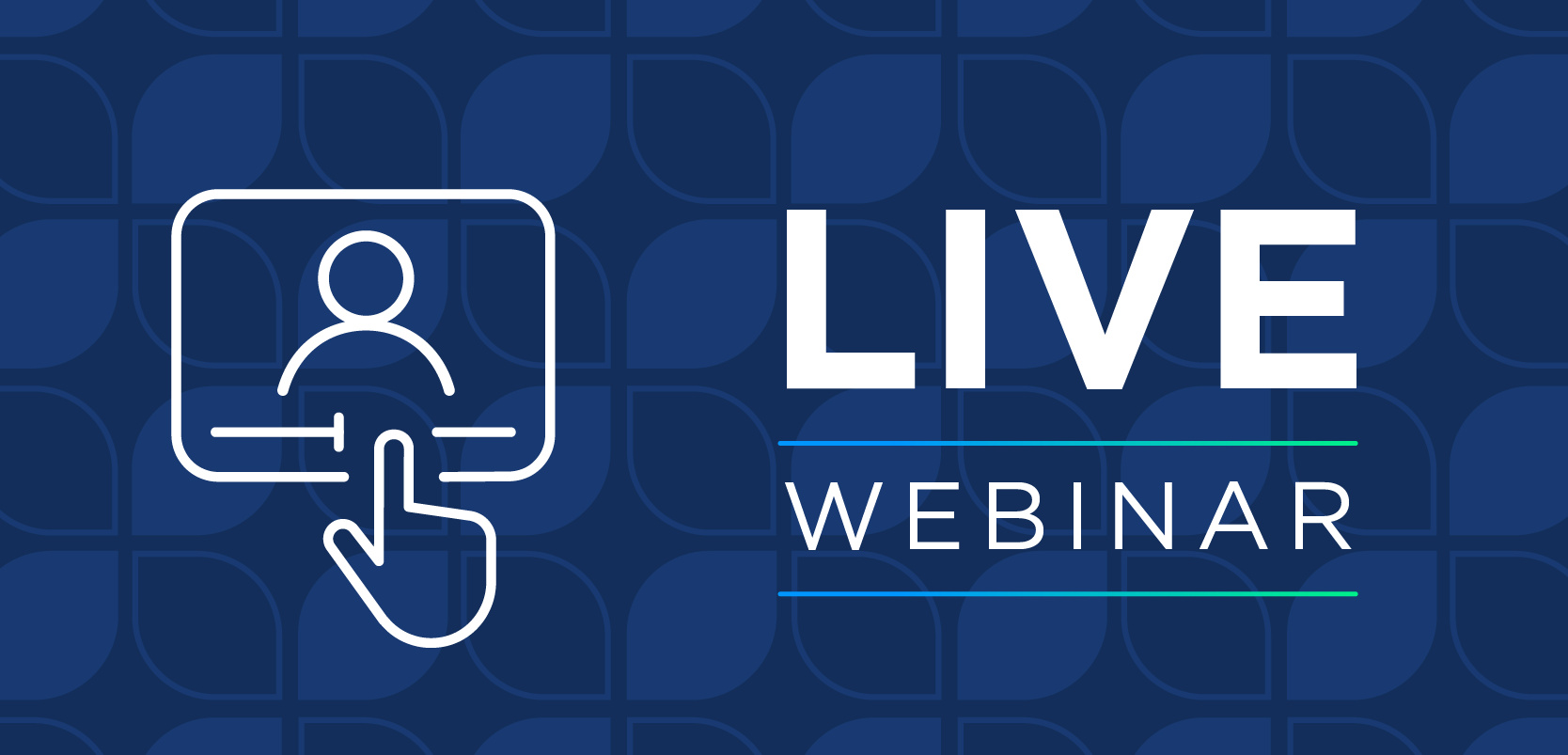
Pharmacy Practice in Focus: Oncology
- August 2025
- Volume 7
- Issue 6
Leveraging Pharmacy Expertise and Data Systems to Meet EOM Benchmarks
Key Takeaways
- Oncology pharmacists play a crucial role in care coordination, optimizing chemotherapy regimens, and managing adverse effects to align with EOM goals.
- Key performance metrics under EOM, such as medication adherence and hospitalization rates, are directly influenced by pharmacy services.
Oncology pharmacists can lead value-based care integration under EOM with data-driven strategies.
The Enhanced Oncology Model (EOM), introduced by the Center for Medicare and Medicaid Innovation, is reshaping cancer care by emphasizing value-based outcomes, coordinated care delivery, and cost efficiency. As oncology practices adapt to this evolving framework, oncology pharmacists are taking on increasingly central roles in aligning clinical practice with EOM goals. At the 2025 Advanced Topics for Oncology Pharmacy Professionals Summit in Salt Lake City, Utah, these shifting responsibilities were explored in a general session and panel discussion, which included Pharmacy Practice in Focus: Oncology editorial advisory board member Kirollos S. Hanna, PharmD, BCPS, BCOP, FACCC, FAPO. In an interview with Pharmacy Times®, Hanna, director of pharmacy at Minnesota Oncology and assistant professor of pharmacy at Mayo Clinic College of Medicine in Rochester, Minnesota, shared practical insights on integrating pharmacy services into EOM-aligned workflows, improving care coordination, and leveraging pharmacist-led interventions to meet performance metrics.
Pharmacists as Pillars of Care Coordination
Under the EOM, care coordination is not just a recommendation—it is a foundational expectation. Hanna emphasized that oncology pharmacists are well positioned to lead in this area, given their deep understanding of cancer therapeutics, adverse event management, and patient education.
“Pharmacists are uniquely positioned to bridge clinical and operational gaps,” Hanna explained. “Their expertise in medication management allows them to optimize chemotherapy regimens, manage adverse effects [AEs], and ensure adherence, all of which are critical to achieving the model’s goals.”
Hanna noted that pharmacists can significantly enhance care transitions by collaborating with oncologists, nurses, and primary care providers to mitigate medication errors and educate patients—particularly those on complex regimens. This holistic approach enhances not only the patient experience but also clinical outcomes, which are essential in value-based care models such as the EOM.
Driving Performance on Value-Based Metrics
As oncology practices shift toward outcome-driven reimbursement, specific performance metrics become central to program success. Hanna highlighted that several key metrics under the EOM are directly affected by pharmacy services: medication adherence, hospitalization and emergency department visit rates, total cost of care, and patient-reported outcomes.
“Pharmacists contribute to these benchmarks through a variety of mechanisms,” Hanna said. “Medication reconciliation, AE management, evidence-based therapeutic substitutions, and proactive identification of high-risk patients all reduce complications and readmissions.” In addition, formulary management and biosimilar adoption—longstanding areas of pharmacist leadership—take on renewed importance in EOM frameworks, where financial sustainability is tightly linked to clinical quality.
Preparing Pharmacy Services for EOM Integration
To meaningfully integrate pharmacy services into the EOM and similar frameworks, Hanna offered several action-oriented steps that health systems and cancer centers can take now:
1. Establish interdisciplinary teams: Include pharmacists in care planning and decision-making from the outset.
2. Invest in targeted training: Develop education programs focused on value-based care principles and oncology-specific competencies.
3. Standardize medication therapy protocols: Implement protocols for biosimilar use, medication management, and financial counseling.
4. Align with EOM redesign activities: Integrate pharmacy efforts with patient navigation, social determinants of health screening, and care delivery transformation.
By embedding pharmacists within the structural and operational scaffolding of the EOM, health systems can ensure that these professionals are not only present but indispensable to the success of value-based initiatives.
Balancing Financial Stewardship and Individualized Care
The dual imperatives of cost containment and patient-centered care present a unique challenge for oncology pharmacists—especially in the areas of formulary management and therapeutic substitution. Hanna underscored the importance of using real-world data, pharmacoeconomic evidence, and comparative effectiveness research to guide these decisions.
“Pharmacists must evaluate therapies for efficacy, safety, and cost-effectiveness,” Hanna noted. “But equally important is the commitment to shared decision-making, where clinicians and patients are part of the discussion. Transparency builds trust and ensures that cost-saving measures don’t compromise care.”
This balanced approach allows pharmacists to remain stewards of both financial sustainability and clinical excellence, a dual role that is essential in the EOM era.
Leveraging Data Infrastructure to Measure Impact
As health systems adopt EOM-aligned workflows, the need for robust, data-driven documentation and performance monitoring has become paramount. Hanna emphasized that oncology pharmacists must be supported by integrated technology and data systems that enable them to document their clinical interventions and demonstrate impact on key performance metrics. A critical component of this infrastructure is the use of electronic health records with embedded clinical decision support tools, which allow pharmacists to make informed, evidence-based recommendations in real time. Additionally, analytics platforms are necessary to track medication-related costs, intervention outcomes, and patient health data—informing both operational decisions and quality improvement efforts.
To ensure seamless data exchange across teams, interoperability between pharmacy systems and the broader health information technology ecosystem is essential. This integration supports more efficient care coordination and enables pharmacists to contribute meaningfully to shared performance goals. Documentation platforms that quantify pharmacist interventions help establish the clinical and financial value of pharmacy services, whereas performance dashboards offer visibility into trends and outcomes across patient populations. These tools not only support real-time clinical decision-making but also provide the foundation for continuous quality improvement. By leveraging such infrastructure, pharmacists are empowered to align more closely with EOM requirements, measure their contributions, and drive sustainable improvements in cancer care delivery.
Conclusion
The EOM represents a pivotal evolution in how oncology care is delivered and reimbursed. Within this paradigm, oncology pharmacists are strategic leaders who can shape care coordination, reduce costs, and improve outcomes, according to Hanna. By embracing interdisciplinary collaboration, operational readiness, data infrastructure, and patient-centered values, pharmacists can help define the next generation of oncology care.
“This is a moment for oncology pharmacists to step forward, not only as experts in therapeutics, but as essential architects of value-based care,” Hanna explained. With intentional planning and system-wide support, pharmacy services can be fully integrated into EOM frameworks, ensuring their impact is recognized, measured, and rewarded.
Articles in this issue
Newsletter
Stay informed on drug updates, treatment guidelines, and pharmacy practice trends—subscribe to Pharmacy Times for weekly clinical insights.



















































































































































































































